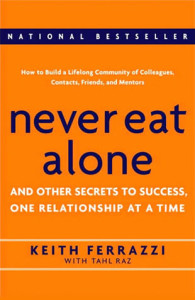 Este mes terminé de leer el libro, “Nunca comas solo” por el escritor y gurú de crear redes de contactos Keith Ferrazzi. Parte del libro es el dar libremente.
Este mes terminé de leer el libro, “Nunca comas solo” por el escritor y gurú de crear redes de contactos Keith Ferrazzi. Parte del libro es el dar libremente.
Quisiera compartir la primera parte del resumen.
Si desean descargar el pdf, lo pueden encontrar aquí
Si desean ver mi progreso lo pueden ver aquí
Ahora sí, la primera parte del resumen.
Del libro “Nunca comas solo” por Keith Ferrazzi
Sección 1 – El estado Mental
El construir nuestra red de contactos es un asunto de toda la vida. Para Keith, esto empieza cuando está trabajando como caddie en un club exclusivo. Es allí donde se da cuenta, que más que un juego, los miembros hacen conecciones con otros empresarios y tienen reuniones informales de negocios. Es necesario que tengamos una buena red para ser parte del club de los grandes empresarios. Puntos importantes:
- Nunca es aburrido construir nuestra red
- Mejorar la red nos beneficia personalmente, pero beneficia a cualquier empresa a la que pertenezcamos
- En el mundo donde vivimos, el estar conectados permite que tengamos libertad de movernos de una empresa a otra
No debemos mantener una cuenta de lo que hacemos. Cuántas veces no hemos hecho algo pensando, ¿qué voy a obtener por este favor? Lo peor que podemos hacer para mejorar nuestra red es esperar algo a cambio. Seamos desinteresados y preocupémonos en servir. Puntos importantes:
- Vivimos en un mundo cambiante y nadie va a permitir que todas las relaciones sean para nuestra conveniencia
- Siempre es mejor dar que recibir
- Aquella persona que hoy es la recepcionista, mañana sera la responsable de comprar nuestros servicios. Todos son iguales en nuestra red
- Debemos contribuir, ayudar, construir; nada hará que nuestra red crezca con mayor rapidez
- Comprartamos lo que apredemos
Empezemos con nuestra misión. Keith nos invita a buscar nuestra mision de la vida, qué queremos hacer y lograr. Nos da la siguiente fórmula:
- Encontrar nuestra pasión: Veamos hacia adentro, cuales son nuestras fortalezas y debilidades
- Pongamos por escrito nuestra pasión
- Debemos crear un grupo personal de consejeros: Deben ser personas que nos motivarán y también que se asegurarán de que estemos avanzando
Debemos construir nuestra red antes que la necesitemos. Keith nos pone en un almuerzo donde él se reúne con una persona que trabaja en una compañía de relaciones públicas. Esta persona desea en el futuro tener su propia empresa. Keith le pregunta si ya ha empezado a hacer una red de clientes, a lo cual esta persona le dice que no, que primero quiere establecerse como una persona respetable en el ambiente de las relaciones públicas. Keith le dice que ahora es el momento. Ahora es el momento para todos, debemos esforzarnos en construir una red de contactos.
El ser audaz es realmente ingenioso. Keith nos comparte 2 historias de su juventud, ambas involucran a su padre. La primera es cuando su padre, un trabajador en una fabrica, tiene la audacia de llevar a su hijo para presentarselo al dueño de la compañía. Esta reunión resulta en que el dueño se interesa en Keith y le ayuda a obtener una beca en la mejor secundaria (preparatoria) local y posteriormente poder ir a Harvard. La segunda historia es sobre una bicicleta que Keith deseaba. Un día, el padre ve que afuera de una casa, en el basurero, hay una bicicleta. El padre detiene el carro y pregunta en la casa si le permiten llevar la bicicleta. El padre arregla la bicicleta y Keith logra tener una bicicleta. Debemos superar el miedo y ser audaces en nuestras acciones. Para poder superar nuestros miedos lo primero es reconocer que nuestro miedo es normal. Segundo, debemos reconocer que ese miedo está impidiendo nuestro éxito. Formas de superar nuestros temores y ser más audaces:
- Encontrar alguna persona a ejemplificar
- Aprender a hablar en público y con otras personas
- Involucrarnos en grupos donde nos sintamos cómodos
- Si es necesario, asistamos a terapia
- Hagámoslo
¿Cómo evitar convertirnos en cretinos al hacer nuestras red? Keith nos invita a considerar lo siguiente: nuestro éxito a largo plazo depende de todos los que nos rodean, nosotros trabajamos para ellos tanto como ellos trabajan para nosotros. Debemos tratar todas las relaciones como un intercambio de beneficios mutuos. A continuación algunas reglas para evitar convertirnos en cretinos:
- Evitar alardear, digamos lo que tengamos que decir con pasión. Seamos genuinos y enfoquémonos en las personas. Es mejor tener 2 relaciones significativas en una reunión de una hora, que tratar de establecer relaciones con todos y perder nuestra credibilidad.
- Nunca seamos partícipes de chismes
- Debemos dar de nosotros libremente y recibiremos libremente
- Nunca tratemos mal a aquellos que estan bajo nuestro cargo, algún día necesitaremos de ellos
- Seamos transparentes, debemos ser siempre genuinos en todas nuestras relaciones
- Evitemos ser demasiado eficientes, es fácil pedir a una maquina que envie correos a todos nuestros contactos para navidad; es preferible escoger a un grupo y escribir una nota sincera.
Sección 2 – Las destrezas
Haz tu tarea
Nunca debes dejar al azar cómo conoces a alguien y lo que estos piensan de ti al terminar. Antes de conocer a alguien, necesitas averiguar quien es. Necesitas saber que es lo que a ellos les interesa. Keith antes de conocer a alguien obtiene un synopsis de la persona, cómo es, qué le gusta, y cuales son sus logros. Las personas realmente les importa lo que ellos hacen. Hoy en día es fácil obtener dicha información. Aqui hay algunos lugares donde empezar:
- Internet: Visita el sitio de la empresa. Haz una busqueda con el nombre de la persona.
- La biblioteca: Busca en libros y revistas. Busca artículos escritos por la persona o sobre ellos. Ahora mucho de esto tambien lo puedes encontrar online
- Literatura publica de la compañía, normalmente lo puedes obtener gratuitamente cuando visitas sus oficinas o a travez de una llamada
- Reportes financieros, muchos reportes financieros son publicos y te pueden dar una mejor idea de la situación de la empresa.
Anota los nombres
¿A quién quieres conocer? Si realmente deseamos conocer a alguien, deberíamos de tenerlos en nuestra lista. Necesitamos un listado de las personas que conocemos y a la que queremos conocer. Podemos empezar por las personas que conocemos, y la lista es más larga de lo que creemos: nuestros familiares, amigos, familiares de nuestra pareja, colegas, clientes, profesionales, vecinos, etc. Si empezamos con estos, los que sabemos luego podemos expandir nuestra lista a los que queremos conocer. Cabe mencionar una lista especial, a la que Kieth llama nuestros “contactos aspirasionales” aquellos que algún día queremos conocer y si los tenemos presente, algún día lo haremos
Calentando la llamada fría
Llamar en frio, se refiere a llamar a alguien al que nunca hemos conocido, Keith nunca llama a alguien en frío. Para lograrlo es necesario entender que si se puede y esta es la clave:
- Crea credibilidad, utiliza una referencia: Lo primero que debe de salir de nuestra boca es una referencia al por qué estamos llamando. ¿Quién tenemos de amigo mutuo? ¿A que asociación estamos ambos vinculados? Aseguremos esa linea, para que AMBOS nos sintamos a gusto.
- Presenta tu propuesta: Luego que nos habren la puerta debemos presentar una propuesta de gran valor. Recuerda que siempre debemos presentar algo que sea de valor para ellos. Nuestra propuesta debe ser algo que les ayude a resolver un problema.
- Habla poco, di mucho. Hazlo rapido, conveniente y definitivo: Debes transmitir urgencia pero tambien debe ser conveniente. En lugar de decir: “Deberíamos de juntarnos uno de estos dias.” Podríamos decir: “Voy a estar en la ciudad la proxima semana. Te parece que almorcemos el martes? Se que es algo importante para ambos, asi que yo me puedo ajustar a cualquier cosas.”
- Está dispuesto a ceder: No todas las batallas se ganan. Ve por el todo, pero está dispuesto a ceder y obtén lo que puedas.
Manejando al garda, con tacto
Es vital manejar con cordialidad y tacto a las asistentes administrativas. Keith cuenta una historia de cómo un proyecto importante casi queda sin completar debido a su inabilidad de llevar una relación positiva con la asistente de su jefe. Keith nos invita a considerar a las asistentes y secretarias como guardas, que protegen a sus jefes de personas como tu y yo. Es por eso que debemos darles su lugar y permitirles hacer su trabajo de la mejor manera.
Nunca comas solo
La comida es el momento en que buscamos conectarnos con otras personas. Si constantemente estamos comiendo solos, estamos desperdiciando una excelente oportunidad de conectar con otras personas. Lo importante es incluir a otras personas en aquello que estamos haciendo, y las comidas suelen ser oportunidades perfectas para hacer esto. Tambien es una buena oportunidad para conocer nuevas personas. Keith nos invita a encontrar una mescla entre nuevas personas y viejos conocidos, especialmente de diferentes partes de nuestra vida.
Comparte tus pasiones
Si deseas construir una fuerte relación con alguien, hay que invitarlos a que participen en algo por lo que sientes pasión, ya sea el teatro o alguna afición deportiva. Sea lo que sea tu pasión, compartela con aquellos que quieras que sean parte de tu red. Keith nos da una lista de cosas que hace para compartir su pasión:
- 15 minutos y una taza de café
- Una conferencia
- Invitar a alguien a participar de algun hoby
- Un desayuno
- Un evento especial
- Invitar a alguien a casa
Da seguimiento o pierdes
Keith considera esto lo más importante, si haces una conexión, dale seguimiento. Ya sea por medio de una nota o un correo, es necesario que le des seguimiento a cualquier conexión que hagas para que la persona se sienta importante. Keith tambien propone que una nota escrita a mano vale mucho y probablemente sea la mejor manera de sobresalir. Algunas cosas que puedes incluir en tus notas de seguimiento:
- Siempre expresa gratitud
- Asegurate que incluyas algo de interes que compartieron cuando se conocieron
- Confirma y reafirma las cosas que a las que se comprometieron
- Se breve y conciso
- Siempre utiliza el nombre de pila de la persona al dirigir cualquier correspondencia
- Hazlo lo antes posible
- Hazlo constantemente
Aprende a sobresalir en las conferencias
No debemos sólo asistir a una conferencia, sino sobresalir. La mayoria de las personas piensan que el prosposito de la conferencia es obtener muchos contactos, cuando deberían de enfocarse en hacer es establecer buenas amistades. Debemos esforzarnos por lograr conocer a personas que quieran lograr los mismos objetivos que nosotros. Al participar activamente en la conferencia, tendremos acceso a personas que no podriamos conocer de otra manera.
Conectate a los conectores
Lo que nos dice Keith es que existen personas que estan en contacto con muchisimas personas y en la mayoria de circunstancias es a travez de estas personas que tendremos acceso a la mayor cantidad de contactos. Un ejemplo que nos da es el de un dueño de un restaurante, su negocio depende de que este bien conectado. Al asociarnos con este tipo de personas tendremos acceso a más personas, que si quisieramos hacerlo por nuestra cuenta. Otras ejemplos de super conectores son: headhunters, politicos, personas en relaciones publicas y periodistas.
Expande tu círculo
La manera más sencilla de expandir nuestra red de contactos es unirla con la red de alguien mas. Podemos hacer esto al invitar a personas que no conocemos bien a algun evento con un grupo de nuestra red. Esto crea una oportunidad para que ambas partes conozcan otras personas. Tambien puedemos intercambiar cenas en donde cada uno invita a otras personas de su red, esto crea una mezcla que promueve ambas redes. Cuando las redes de nuestros contactos crecen, todos salimos ganando.
El arte de hablar trivialidades
Keith nos da un curso rapido de como entablar conversaciones, hacer amistades e influenciar a otras personas. Estos son sus consejos:
- Sonrie: No hay nada más positivo para una conversación que compartir una sonrisa. Debe ser una sonrisa genuina y del corazón
- No cruces los brazos: El cruzar los brazos nos cierra. Al extenderlo o mantenerlos a nuestro costado estamos diciendo a otras personas que nos sentimos a gusto
- Relajate: No tienes nada que perder y mucho que ganar. Se trata de conocer a otras personas, lo que ellos dicen y lo que tu tienes que decir es importante para ambos
- Acercate: Muchas veces tratamos de manterner una distancia apropiada. Si quieres que la persona se sienta como un amigo, tratala como un amigo
- Ten un apretón fuerte de manos: En los negocios no hay nada como un firme apretón de manos. Asegurate que el tuyo sea firme y solido
Pronto completaré el resumen.
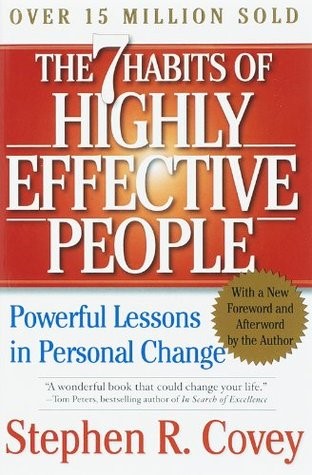




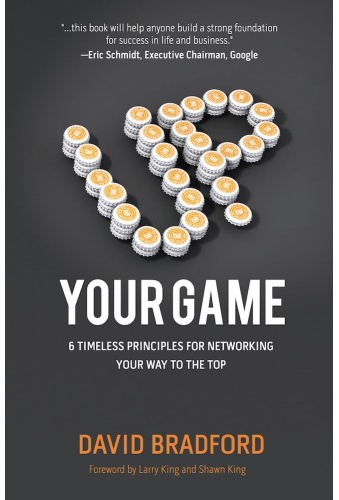



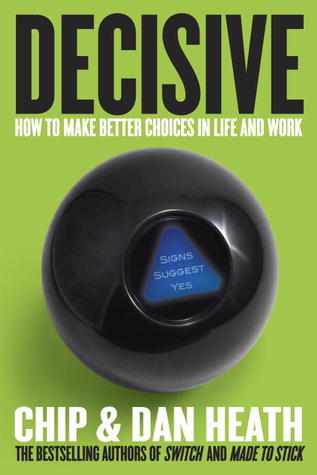
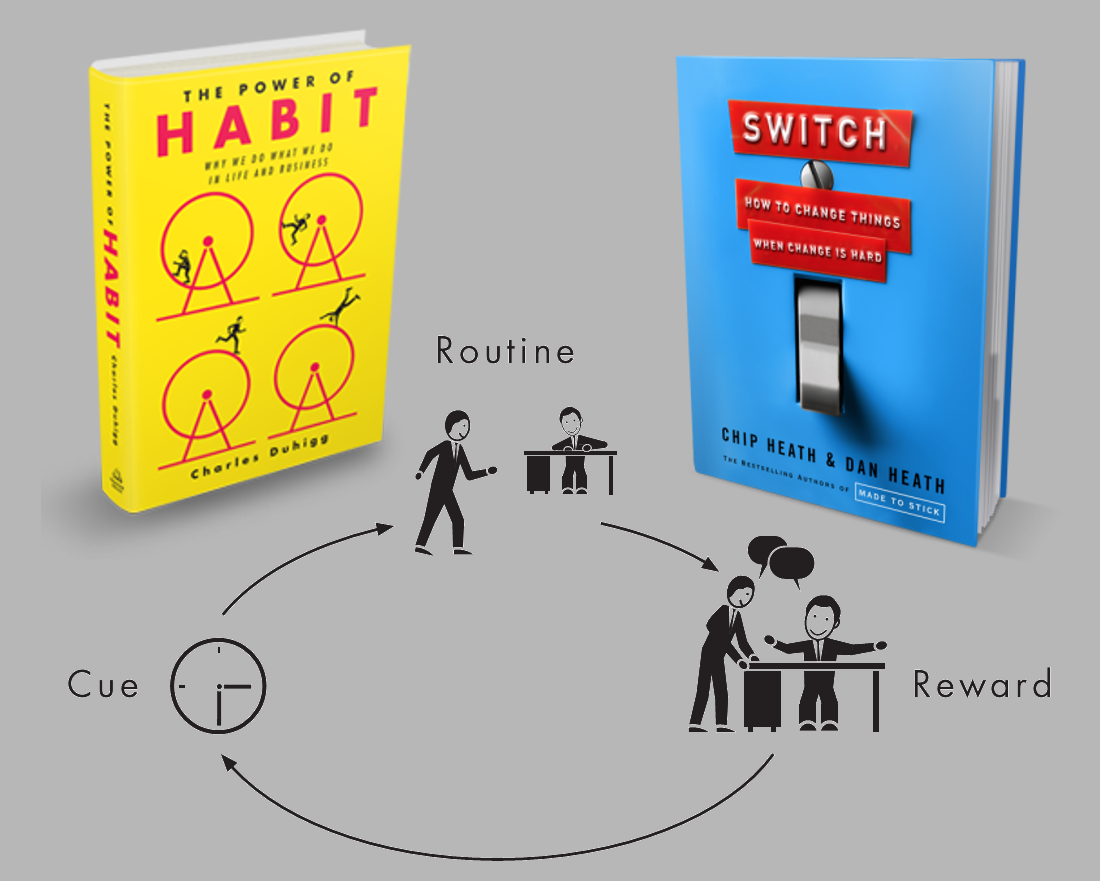


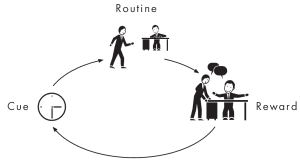





 Este mes terminé de leer el libro, “Nunca comas solo” por el escritor y gurú de crear redes de contactos Keith Ferrazzi. Parte del libro es el dar libremente.
Este mes terminé de leer el libro, “Nunca comas solo” por el escritor y gurú de crear redes de contactos Keith Ferrazzi. Parte del libro es el dar libremente.